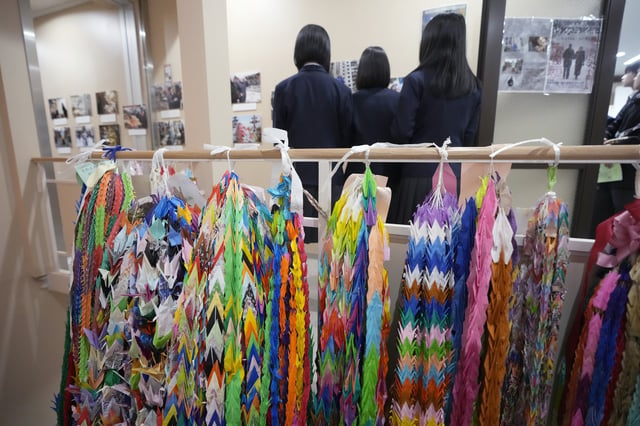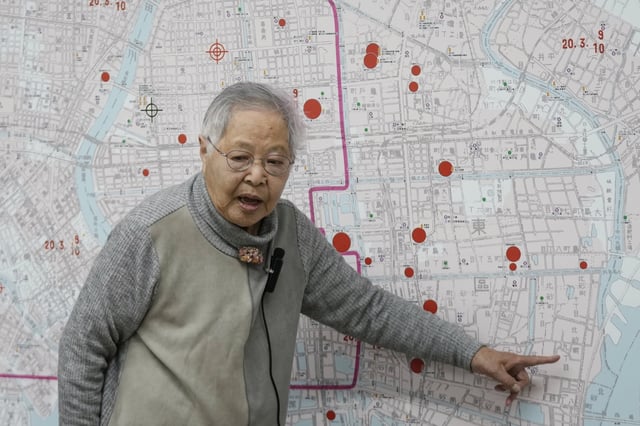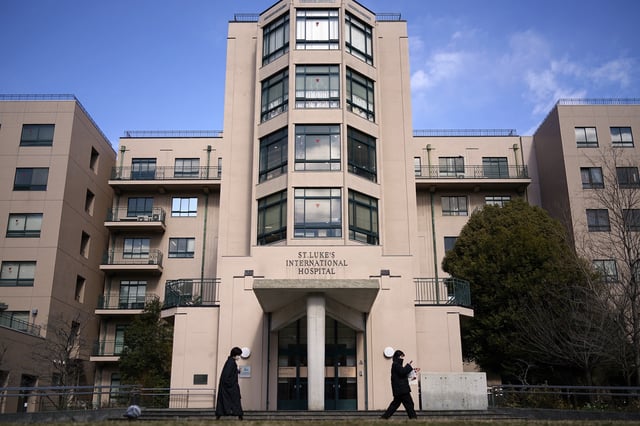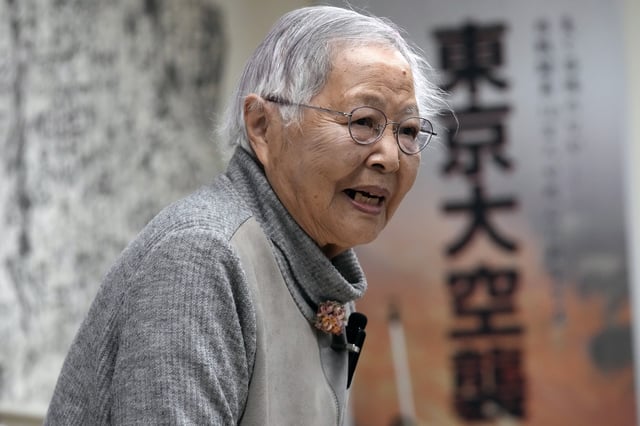Overview
- The March 10, 1945, firebombing of Tokyo by U.S. forces killed an estimated 100,000 to 200,000 people and left over a million homeless, making it one of the deadliest air raids in history.
- Survivors, many now in their 80s and 90s, are advocating for financial aid and government recognition of their suffering, which has been largely overlooked compared to victims of the atomic bombings.
- The Japanese government has provided extensive welfare for military veterans and atomic bombing survivors but has not offered compensation to civilian victims of firebombings.
- Efforts to preserve the memories of the attack include a museum founded by a survivor and ongoing digitization of survivor accounts and artifacts to educate future generations.
- The morality of the firebombing campaign remains a topic of debate, with some arguing it was a necessary measure to hasten the end of World War II, while others condemn it as indiscriminate and inhumane.



